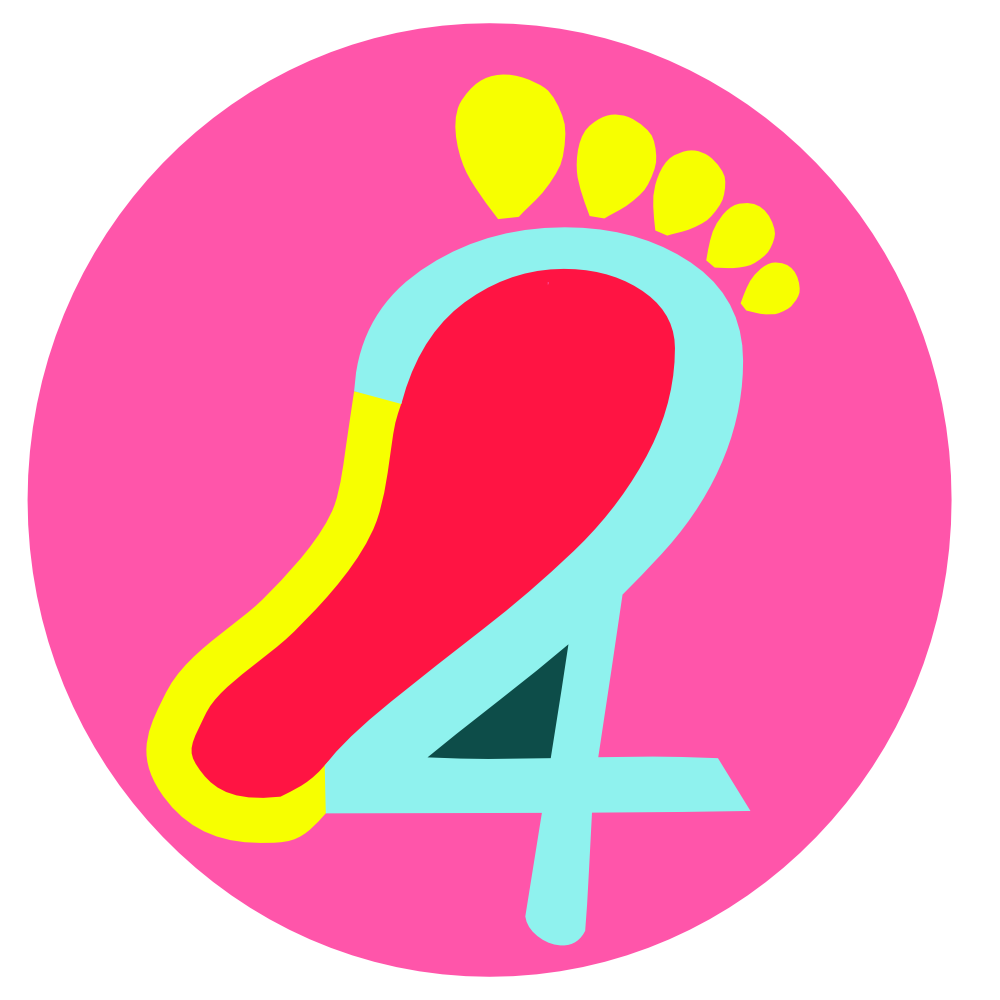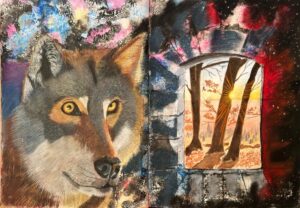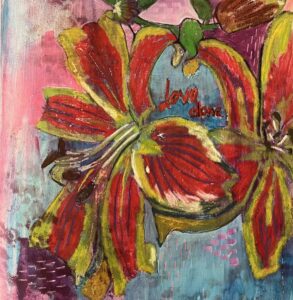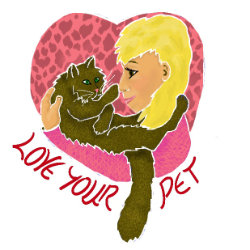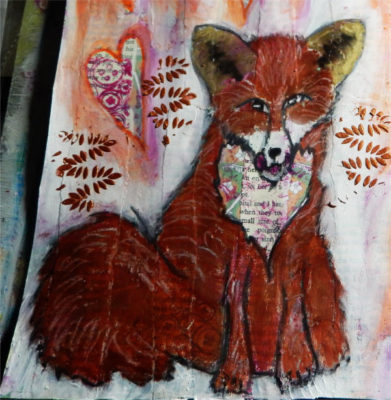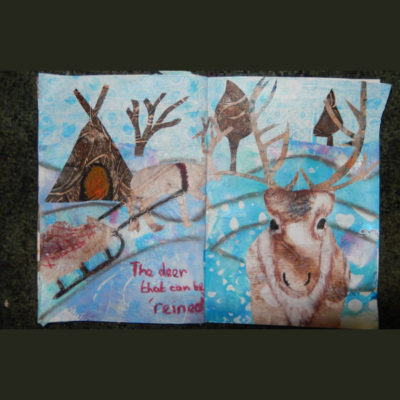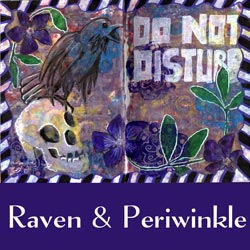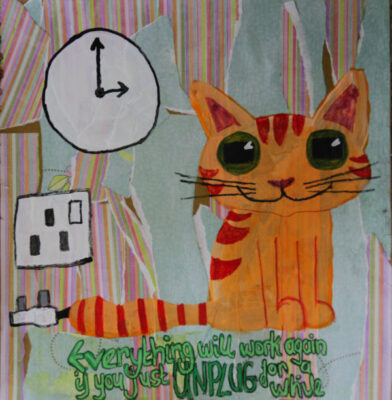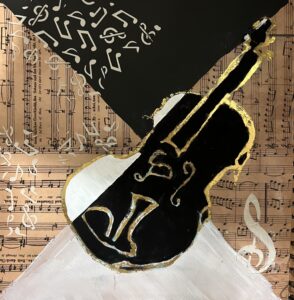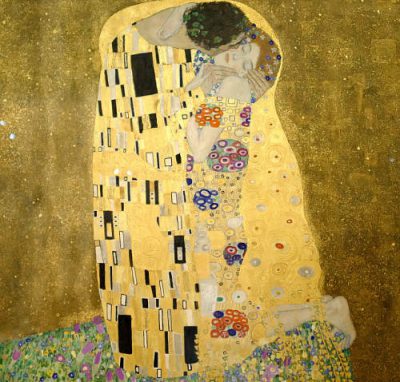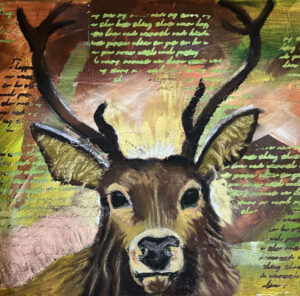Introduction to Healing through Celtic Myths after Loss
This post about healing through Celtic myths after loss is inspired by that saddest of facts – death. More specifically the passing of someone close. During this bleak time it has been hard thinking positively, never mind creatively, and yet it is creativity that moves things forwards once more. The finality that is death; the loss of all the memories yet to be created – gone forever. It is impossible to overcome and so I must look inside it, but where to start?
Enter the Wolf. This guide of the spirit realm and proclaimed guardian of sacred spaces will be my companion as I visit the afterlife in my thoughts. As I try to unscramble the knots left by life. In Celtic mythology, for wolves roamed these Isles historically, the wolf was seen as protector and guide, master of transformation and warrior spirit. It’s this role as guide that I will lean on in my art journal exploration.
Mythology of different cultures contains a vast array of symbolism and metaphor to help dealing with many of life’s difficulties and from a mental health perspective this is key. Being able to mentally frame problems and having boxes to put things in mentally is incredibly helpful. Art is the thing that brings it all together as it helps with the visualisation of the mental landscape. It helps to communicate thoughts as well as being soothing to view and can give the viewer insights they may not have gained through discussion alone. So I invite you to learn about some Celtic mythology through art with me with the aim that it will enhance your mental wellbeing.
Section 1: The Wolf in Celtic Mythology
In Celtic tradition the wolf was both revered and feared but in the spirit of healing through Celtic myths after loss I will focus on the beneficial aspects of the wolf. Wolves, like dogs, are excellent companions – survival through living in a pack means they have excellent ‘social’ skills. Also known for travelling huge distances, the wolf has fine tuned instincts and connection with its environment that make it a natural candidate for guide to the Otherworld. In Celtic tradition wolves are believed to be able to communicate with the dead•and this makes the wolf an ideal subject for a piece of art about reflecting on a friendship beyond the grave.
An example of a story where a wolf acted as a guide is the ‘legend of the priest and wolf man of Ossory’. In this story the people of Ossory are ‘cursed’ to have a couple from amongst them turned into wolves for 7 years every 7 years. A priest meets one while travelling and after being called on to bless the dying partner of the male wolf he is guided to his destination by the grateful beast. This transformation into a wolf speaks to the wolf’s ability to navigate change.
Section 2: Turning Grief into Art
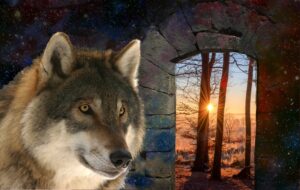
Creating an art journal page is a transformative process both from the perspective of your emotional state before and after and also from the artistic perspective of the process of creation. I like to start with some sort of intuitively painted background but in my page today I planned in advance so my background was created to support that image.
Creating an image on a blank page is a bit like giving birth in some respects – you take all the negative/difficult emotions and transform them into something new. This new thing stands apart from how you feel even though it also holds all those feelings for you so that you can come back at a later time to reflect on them.
The creative process itself also diverts your attention and this gives your brain and emotional state time to rest. By choosing a subject that speaks to how you are feeling you can get the most benefit from the process. For me, this wolf just looked like a guide when I saw him/her on pixabay. It is useful to choose imagery that you have a connection with. I felt that a guide was what I needed and then proceeded to think about how guiding might work. The stone gateway I saw as a sort of portal between the Otherworld and life and I imagined it floating in an ocean of stardust. The trees mean rootedness to me as it is important to retain a connection to my own life in this journey. The sun casts a light that will warm up the side of the wolf’s face, connecting him/her to life.
SECTION 3: Making the Piece

After sketching up my design in my journal I created a loose watercolour and black ink background with salt grains added for texture. Then when this was dry I added my pastel ground – pumice gel – to the wolf’s head and the ‘gateway’ from Earth. This takes quite a while to dry so it’s a good time to get on with other jobs. Once dry I started the watercolour section beyond the arch. Watercolours were my choice here as they have a luminescence that would help to convey the light coming from there. The watercolours were built up in layers to achieve the depth of colour needed for the trees. For the wolf I resorted to my new favourite technique of a pastel under layer and coloured pencil detail. Below you can see the finished page..
Constructing this piece about healing through Celtic myths after loss has been quite a building mission! Painting the wolf was therapeutic and allowed me to reflect on our lost one and hope she is in a better place. What would your spirit animal be if you could choose?
